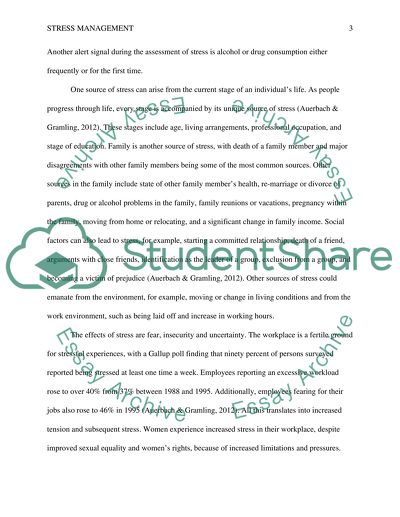Cite this document
(“Stress Management for Dummies Book Report/Review”, n.d.)
Retrieved from https://studentshare.org/family-consumer-science/1401413-essay
Retrieved from https://studentshare.org/family-consumer-science/1401413-essay
(Stress Management for Dummies Book Report/Review)
https://studentshare.org/family-consumer-science/1401413-essay.
https://studentshare.org/family-consumer-science/1401413-essay.
“Stress Management for Dummies Book Report/Review”, n.d. https://studentshare.org/family-consumer-science/1401413-essay.


